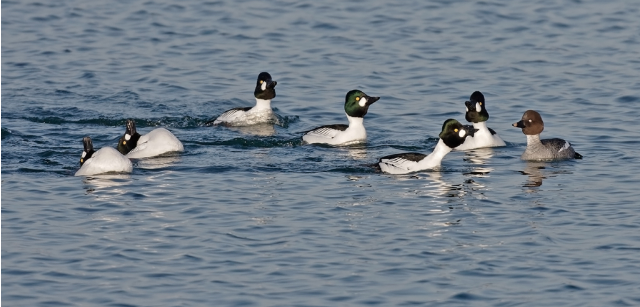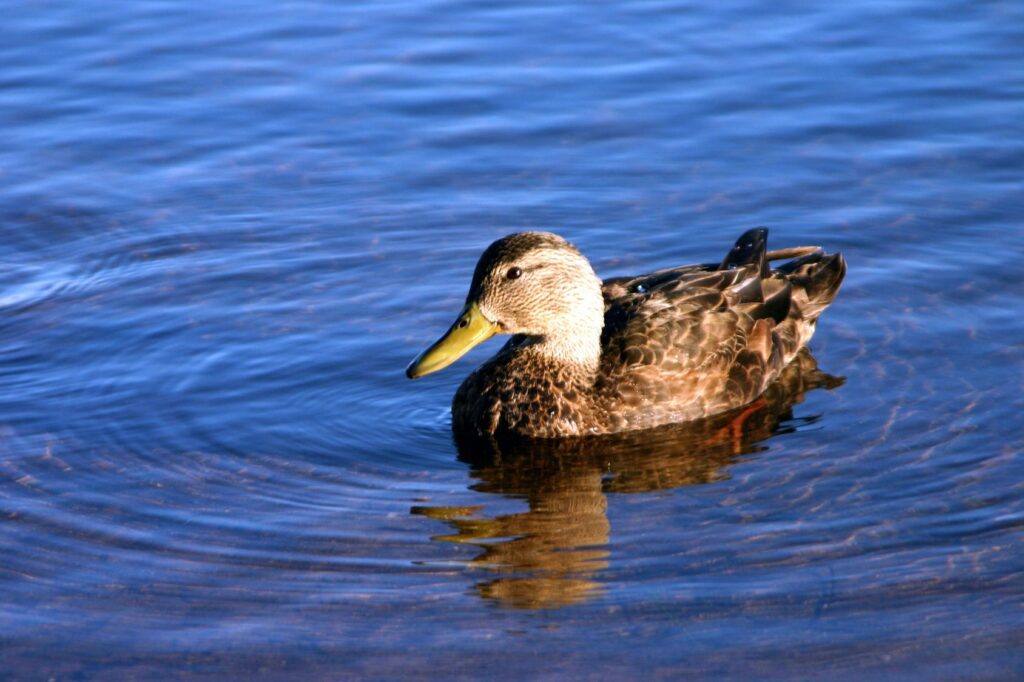In the episode “Peppa Pig Travels to the Space”, Peppa Pig, her family and friends are in search of a duck who stole her boots and was wearing it. As she runs down the duck, she learns that the duck can run and swim really fast. When she finally believes that she has cornered the duck, with limited opportunity for the duck to escape, the duck then flies off high into the sky. One of her friends then comments that she will never get back her boots as the duck has flown to the moon. Peppa Pig then proceeds to travel to the moon on a rocket in search of the duck and her boots. The Travel Virgin is here to answer the question ” Can a Duck Fly to the Moon?” There is a Peppa Pig Spoiler Alert in this article.
PLEASE SUBSCRIBE TO THE TRAVEL VIRGIN TO SEE ARTICLES AND VIDEOS ON INTERESTING TRAVEL AND WORLD EXPLORATION TOPICS.
Can a Duck Fly to the Moon?
As Peppa Pig is on the moon, she asks Miss Rabbit, a shopkeeper, who sells souvenirs on the moon if she has seen a duck on the moon. Miss Rabbit responds ” that is a bit unlikely, if you ask me“. A cell phone call is then received from Peppa Pig’s Grandpa who is on earth who just retrieved Peppa Pig’s boots from a duck in his garden. The episode did not definitely answer the question of whether ducks can fly to the moon.
The Ruddy Shelduck is the highest know flying duck with a recorded altitude of up to 6,800 meters (22,000 feet). On average, the moon is 384,400,000 meters away from the earth. According to NASA, “30 Earth-sized planets could fit in between Earth and the Moon.” So there you have it, a duck cannot fly to the moon.
Let The Travel Virgin repeat “A duck cannot fly to the moon“.
17th Century Scientist Claimed that Birds Migrate to the Moon and Back Every Year
In the land of fairy tales and vivid imaginations, one could suppose in their minds that when birds go missing during the winter time, they may have gone to the moon. However, such imagination and theory is not expected from the highly knowledgeable and qualified. In the case of 17th Century English minister and Scientist Charles Morton, he supported this fictitious claim in his writings where he wrote that birds migrate to the moon and back every year. Surprisingly, Morton was aware and calculated almost correctly how long the journey would be for a bird to fly to the moon. His almost accurate calculation of the distance makes his articulation seem disconnected from his science.
He made an estimation that a one way trip for a bird would be 179,712 miles. This distance, although epic, was not far off from the actual distance which is 226,000 to 252,000 miles away based on the moon’s elliptical orbit.
His assumption is famously repeated when he wrote ” Now, whither should these creatures go, unless it were to the moon?“
Now back to the topic of ducks, please check out some interesting facts below.
16 Interesting Duck Facts
- Species of ducks are found on every continent except Antarctica.
- The feathers of ducks are highly waterproof. This is evidenced when they dive underwater, the underlay of the feathers next to their skin stays completely dry. The feathers of a duck is intricate and has a waxy coating. This waxy coating is produced when a duck cleans itself during the preening process. The waxy coating is secreted by their uropygial gland located near to their tail.
- Ducks are incapable of feeling cold due to their webbed feet having no blood vessel or nerves. This has made them highly adaptable creatures hence their ability to live on almost all continents.
- Ducks can have a lifespan of up to twenty years. This is however dependent on the species.
- Baby ducklings are able to walk a few hours after birth. This ability allow them to leave the nest early and serves as a protection from predators.
- The reproductive system of ducks are affected by light. The more daylight, the more eggs a ducks will produce. In light of this, duck farmers use artificial lighting to increase the production of eggs by ducks.
- Ducks are highly sociable and love to hang out in large duck groups.
- Ducks have been domesticated as farm animals and pets for over five hundred years.
- Duck eggs usually hatch within 28 days, with the exception of the Muscovy species which takes about 35 days to hatch.
PICTURE OF SIX MALE DUCKS COURTING A FEMALE

- Ducks do not find a mate for life. They are seasonally monogamous. Each year, ducks seek out new mates and attraction is found in mates who are healthy and strong.
- Ducks are a popular type of bird, they have been used as fictional characters in cartoons such as Warner Bros.’ Daffy Duck and Disney’s Donald Duck. They have also been used as mascots and in many advertisement campaigns.
- Very few ducks actually make a “quacking” sound. Instead they grunt , bray, chirp, whistle, groan, bray, growl and squeak. Male ducks are silent compared to their female counterparts who are more vocal with their sounds.
- Ducks belong to the bird family Anatidae.
- Female ducks are called ducks or hens. A male adult duck is called drake. A baby duck is called a duckling.
- Male ducks are completely flightless for a month after mating season. This makes them extremely vulnerable to predators. In light of this, during this time, they find remote areas and stay together in groups.
- Ducks have excellent vision and can see in color. Their vision is nearly 340 degrees as their eyes are located on either sides of their head.



